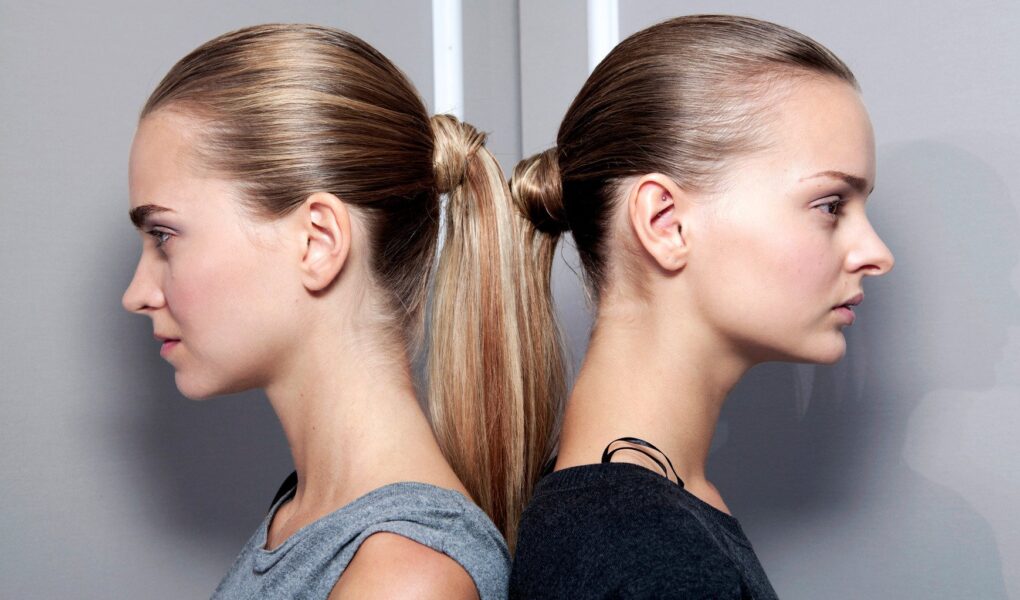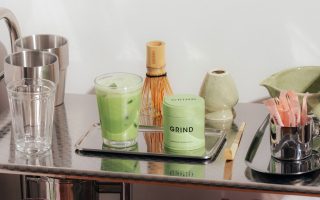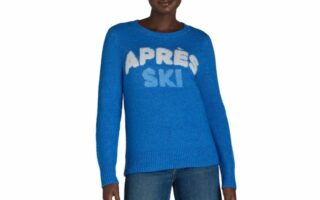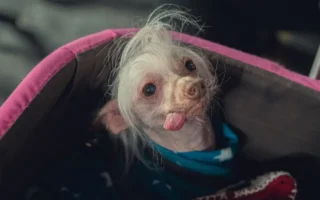Views: 98
Whether you need a quick, out-of-your-face hairstyle for the gym or an effortlessly chic, wedding-appropriate up-do, a slicked-back hairstyle is a worthy candidate. The style, beloved by the Tiktok #cleangirl, delivers ease, simplicity and versatility. Plus, in most cases, the slick back ponytail doesn’t require additional heat or styling tools. Perhaps more importantly, it becomes especially helpful as wash day approaches (it’d be wasteful not to put those natural oils to good use, right?). But is it true that sporting slicked-back hair too frequently may actually be putting your hair and scalp at risk? According to Vancouver-based IAT-certified trichologist Mandy Robertson, it is possible that excessively wearing super tight slick backs can be harmful—but for the average slick-back wearer, there shouldn’t be much to worry about. However, if someone is pulling their hair into extremely tight hairstyles daily, that’s where the risk of scalp damage and hair loss issues comes into the picture. The most common problem that may occur as a result of repeatedly donning an excessively tight slick back bun is traction alopecia, a form of hair loss caused by repeated tension on the hair. “If you’re pulling the hair back too tightly, that can pull the hair out of the follicle and cause hair to break,” she says. “If you pull some out one time, you’ll be fine. But if you’re repeatedly pulling out strands, the hair may stop growing over time.”
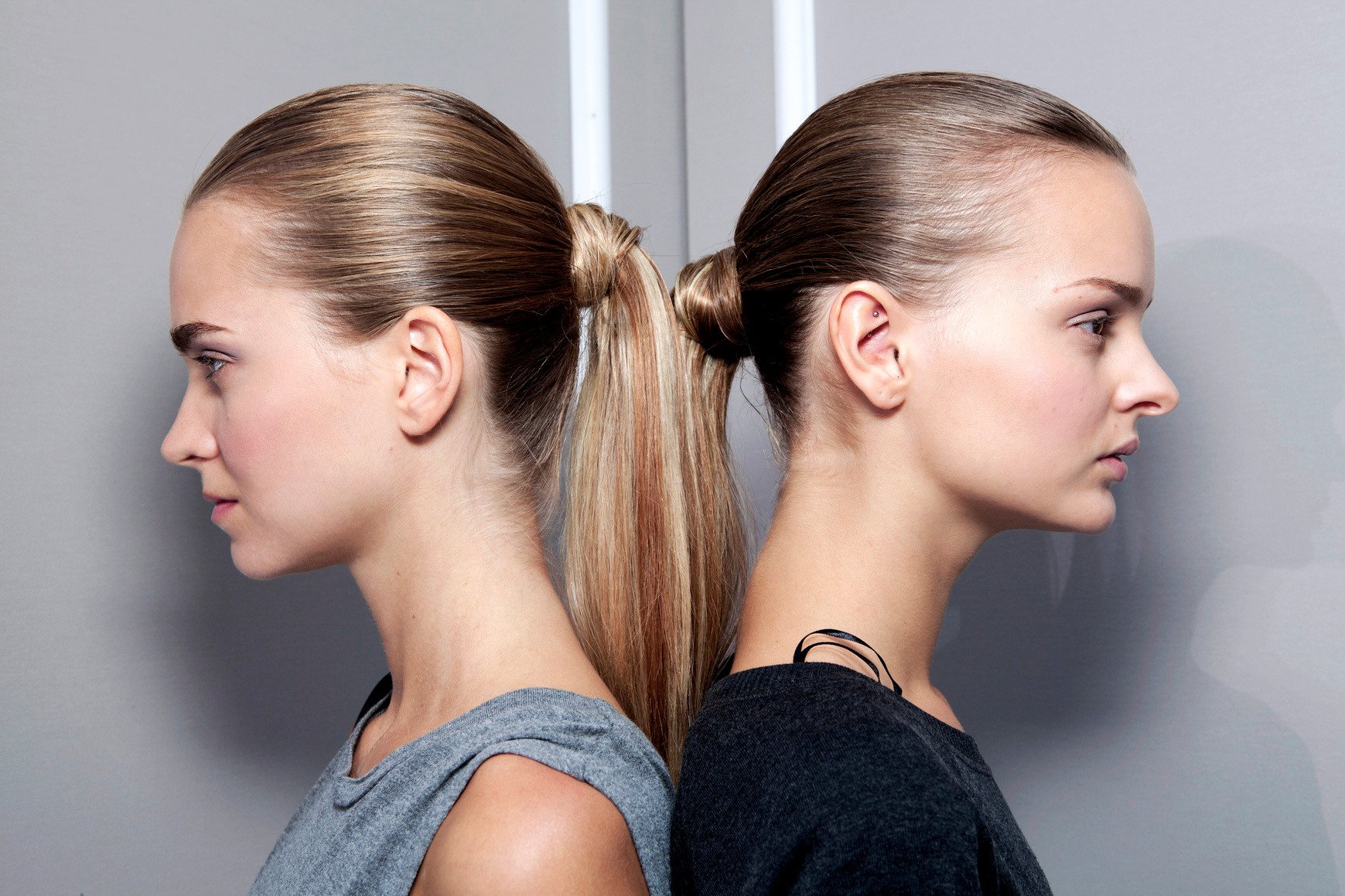
Photography via Launchmetrics.com/spotlight
Robertson notes that a tell-tale warning sign of traction alopecia is called the “fringe line,” a thin line of hair with a visible patch of hair loss directly behind it. Although this damage could be reversible, Roberston strongly recommends taking a break from tight hairstyles right away if you start to notice any thinning along your front hairline. While tight, slicked-back hairstyles can contribute to hair loss conditions such as traction alopecia when worn excessively, they can still be worn safely from time to time—provided you take the right precautions. Below, Robertson shares her essential do’s and don’ts for how to properly wear this hairstyle without causing any undue stress on your strands.
Do: Use products to help achieve your look
Although the appeal of slicked-back hairstyles lies in their ultra-sleek, almost glued-to-the-scalp appearance, there are better ways to get that look that doesn’t involve excessively pulling on your scalp. Instead, Roberston suggests utilizing non-irritating hair care products like gels, creams and styling sticks that are specifically made to slick back hair. [content_module id=”1″]
Don’t: Slick back wet hair
Styling wet hair often comes with its risks in general, but pulling it into a slick back bun or ponytail could be a surefire way to create damage. “When the hair is wet, it’s weaker and much more prone to breakage than when it’s dry,” says Robertson. Since damp strands are especially fragile, it’s more likely that they won’t be able to withstand the tension of a slick back hairstyle, which can further contribute to hair loss issues.
Do: Ensure that your hair is tangle-free
When crafting a safe slicked-back style, your goal should be to pull on the hair as little as possible. Starting with tangle-free strands minimizes resistance, so you’re not dragging a brush or comb through knots—which will only cause more breakage and stress at the roots. This is an especially important step if you have extensions, as Robertson notes that you’ll need to take extra care to avoid creating accidental damage since there’s already tension on the hair. “In cases of more extreme trauma caused by excessive pulling, you’ll sometimes be able to see redness or bumps on the scalp,” she says.
Don’t: Tie your hair too tightly
This almost goes without saying, but if your slick back bun is giving you a headache by the end of the day (or even after just a couple of hours), it’s probably doing more harm than good. Your hairstyle should never be painful and, if it is, it’s a sign that it’s likely causing unnecessary damage and stress on your scalp. To help combat this, Robertson recommends taking your hair down as soon as you no longer need to be wearing that style and says to never sleep with it tied tightly back.
Do: Try out low-intensity hairstyles instead
The most effective way to protect yourself from traction alopecia or other hair and scalp issues is to simply give your hair a break every once in a while, no matter your hair type. “While finer hair may be more susceptible to damage, people who have thicker hair have to deal with the added weight of a really heavy ponytail, for example, so it can be just as challenging,” Robertson says. To help minimize these risks, Robertson urges people to wear looser hairstyles from time to time. But we get it—easing up on your signature ‘do is easier said than done. Fortunately, we’ve curated a selection of effortlessly chic, low-tension hairstyles that’ll keep your hair stylishly in place and out of your face without putting unnecessary strain on your strands.
The elevated ponytail
[tik-tok-video url=”https://www.tiktok.com/@bexdoeshair/video/7431934160014462240?_r=1&_t=ZM-8x7hBCUCXwr” /] Who among us isn’t always trying to make their hair look fuller? Well, this simple step-by-step tutorial for the most voluminous ponytail we’ve ever seen may have just solved all our problems. Simply gather your hair in a regular ponytail, split it into two sections while twisting them apart from each other, then add your favourite claw clip at the base of the top section.
The curly hair-approved half-up-half-down
[tik-tok-video url=”https://www.tiktok.com/@shaeevalentine/video/7477244793215667478?_t=ZM-8x7iQo3W9yS&_r=1″ /] While incredibly beautiful, curly hair is notoriously known for being difficult to manage, especially when trying to effectively keep it out of one’s face. To do so without slicking back your locks, try this easy half-up-half-down style. Simply grab some hair from either side of the crown of your scalp and tie it into a loose ponytail. Then, flip it up before adding a small clip for added volume and security. As a bonus, this TikTok includes a couple of other low-intensity hairstyle options for curly hair, including several stunning loose braid and bun looks.
The ‘Aussie’ slick back
[tik-tok-video url=”https://www.tiktok.com/@millyjsmith/video/7503579713068174614?_r=1&_t=ZM-8x7hCUh0QoI” /] Is this the unofficial hairstyle of Australia We can’t say for sure, but it sure seems like it is according to TikTok. Although it has ‘slick back’ in its name, don’t be fooled, because this look is actually beloved for the exact opposite reason of a traditional sleek style. While your typical ultra pulled-back ‘do seeks to have hair rest flat against the scalp, this style accentuates the small ‘bumps’ that occur near the base of a loose ponytail. Added volume without added stress? Count us in! Continue Reading
